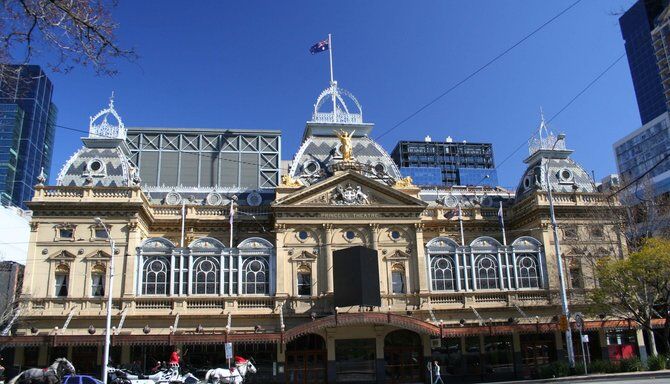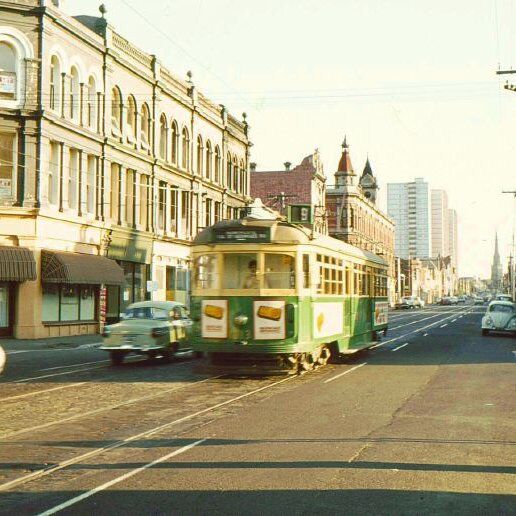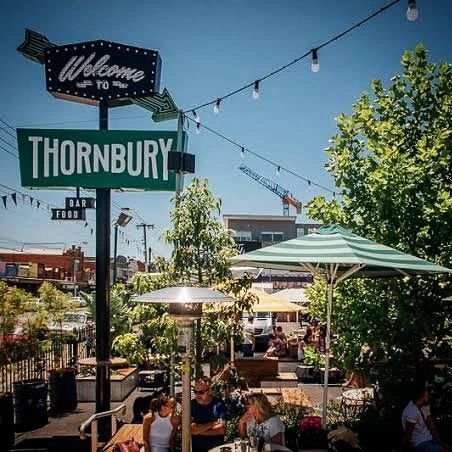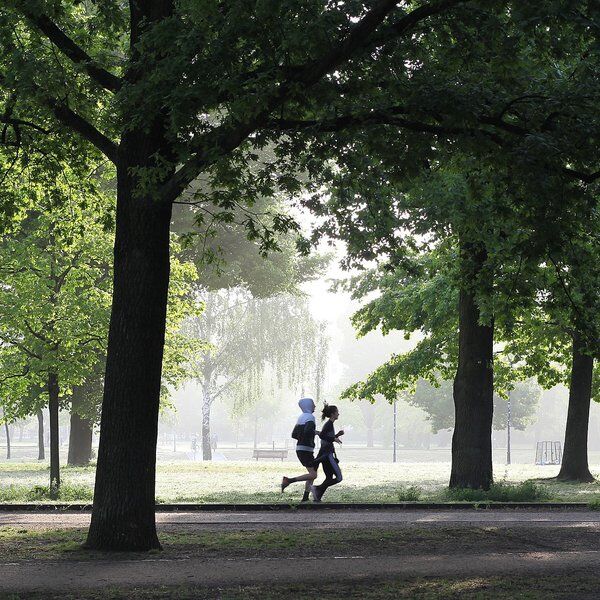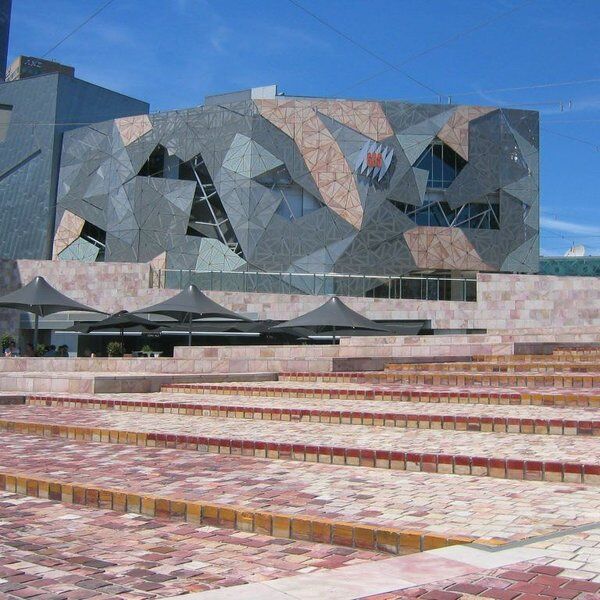When it comes to visiting Australia’s Cultural Capital, there are a few places that cannot be left off the list - and Princess Theatre Melbourne is one of them.
Not only is it the oldest surviving entertainment site in mainland Australia, Princess Theatre Melbourne is the venue to catch a jaw dropping show. With a backstory that includes everything from horses to hauntings, and pantomimes to parodies, Princess Theatre Melbourne is a fundamental part of Melbourne’s cultural legacy.
History of Princess Theatre Melbourne
If walls could talk, it’d be worth lending an ear to this place. Even from the outside, Princess Theatre Melbourne exudes a sense of splendour and historic intrigue. As one of modern Melbourne’s oldest buildings, Princess Theatre Melbourne can offer a glimpse into the social and recreational habits of the city’s forebears, you’ve just got to know where to look…
Astley’s Amphitheatre Melbourne
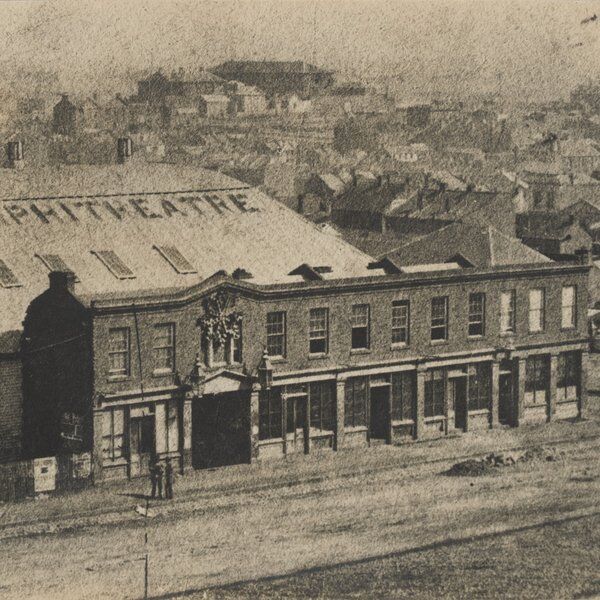
The history of Princess Theatre Melbourne starts, rather aptly, with a theatrical poem (by Lord Byron, no less) and a venue named after the founder of modern circuses.
In the early stages of the Victorian Gold Rush, G. B. W Lewis and his business partner, Tom Mooney, hatched a plan to bring old fashioned British entertainment to Australia. This venture would be based on an existing premises of the same name, which opened in London in 1768 as a riding school and the first modern circus.
On 11 September 1854, the two men opened Astley’s Amphitheatre on the corner of Spring and Little Bourke Streets in Melbourne. The venue was tucked beside the Mazeppa Hotel, named after Lord Byron’s popular 1819 poem Mazeppa, and held regular performances, including equestrian shows, concerts, dramas and burlesque.
Interestingly, one of the performances held at Astley’s Amphitheatre Melbourne was Mazeppa itself, a performance adapted from Byron’s poem. The poem is a dramatic retelling of the Ukrainian military leader Ivan Mazepa, and an advertisement for the show appeared in The Argus on Friday June 22nd, 1855.
However, Astley’s Amphitheatre Melbourne wasn’t a roaring success - as the ad for the show tells us. Tickets were offered ranging in prices from 6 shillings to just 1 shilling and sixpence. Astley’s Amphitheatre Melbourne closed less than a year after opening.
Royal Amphitheatre: A Place to Hatch Political Plans
Two years after the closure of Astley’s Amphitheatre, the venue officially changed its name to Royal Amphitheatre. However, from 1855-1857, it was known by both Astley’s Amphitheatre and Royal Amphitheatre in the media.
During these two years, the Royal Amphitheatre acted mostly as a meeting place for various groups to conduct meetings or attend lectures. In 1855, the Victorian Land League met to discuss political plans about the future of Victoria’s land policies. The secretary of the League, John Joseph Walsh, wanted the colony to adopt similar land reforms to that of the United States’ Homestead Act, a political venture that ultimately failed but remains a part of Victoria’s early colonial history.
The Princess Theatre and Opera

By 1857, any ‘amphitheatre’ associations with the old venue were dropped and in its stead, a more regal name fitting for Melbourne’s newest theatre and opera house was chosen: The Princess’s Theatre and Opera.
However, the grand opening of the new theatre following renovations didn’t go as planned. According to Bell’s Life in Victoria and Sporting Chronicle, the first performance to be held at the newly-renovated theatre was to be Bellini’s Norma, and its debut had to be pushed back twice before it could commence.
On April 22nd, almost a week after its initial opening date, The Age newspaper proudly announced that the first performance at the theatre would take place that evening, and gave the venue’s changes its seal of approval: “this beautiful Theatre is now fully completed and presents one of the most elegant and commodious temples of drama out of Europe”.
The New Princess’s Theatre
In 1885, however, it was decided that renovations weren’t enough to keep the theatre open. Plans were made for the original building to be demolished and a new theatre built to replace it, owing to its inflammable building materials and state of disrepair.
Thus commenced a new chapter in the history of the building. With the old, shabby structure out of the way, The New Princess’s Theatre was set to be one of the most modern and opulent buildings in Melbourne’s CBD.
The architect responsible for designing this architectural marvel was William Pitt, a first-generation Australian with parents who had emigrated from Sunderland, England. At the beginning of his career, Pitt had been the protogée of George Browne, a renowned Melburnian architect who designed the prestigious Theatre Royal.

The New Princess’s Theatre was designed in the Second Empire Style, a period known for its opulence and grandeur during the reign of Napoleon III (1852-1870). At the time, this style was still considered very fashionable and a symbol of prosperity, despite being 20 years old. The costs for the new build are estimated to be £50,000.
The New Princess’s Theatre opened on December 18th 1886 with a production of Gilbert and Sullivan’s The Mikado, a Victorian era comic opera set in Japan. On the opening night, Melbourne’s newspapers were abuzz with the opening’s success. Sir Henry Brougham Loch, then Governor of Victoria, and his wife attended the performance, and attention was particularly focused on the rest of the audience who, according to The Argus, “were in evening costume and brilliantly illuminated by electricity and gas”.
As well as boasting modern technology such as gas and electricity, The New Princess’s Theatre had another astonishing and high-tech feature: Australia’s first retractable roof. This would come in handy for hot summer evenings, providing much-needed ventilation to the audience and actors without sacrificing acoustics.
The New Princess’s Theatre had a period of prosperity that lasted nearly a hundred years. Productions held at the theatre ranged from a drama performed by a company of Maori Chiefs, ballets such as Cinderella in 1901, and pantomimes such as Little Red Riding Hood featuring a famous wire walker called Caicedo.
Princess Theatre Melbourne: A Haunted House
On March 3, 1888, The Princess Theatre Melbourne was set to host its opening night for the opera Faust. According to The Argus, there was a full house although the audience didn’t have incredibly high expectations of a knockout show.
The actor playing the antagonist, Mephistopheles, was a renowned thespian by the name of Frederick Federici. He was an Italian-born Englishman, who had achieved enormous success in Europe as a bass-baritone opera singer.
In the final act of the opera, a solo performed by Mephistopheles reveals the denouement of the performance, with the protagonist Faust descending to hell with the devilish Mephistopheles. On this occasion, Federici performed his solo with gusto - or, as The Argus puts it, “becoming effectiveness”.
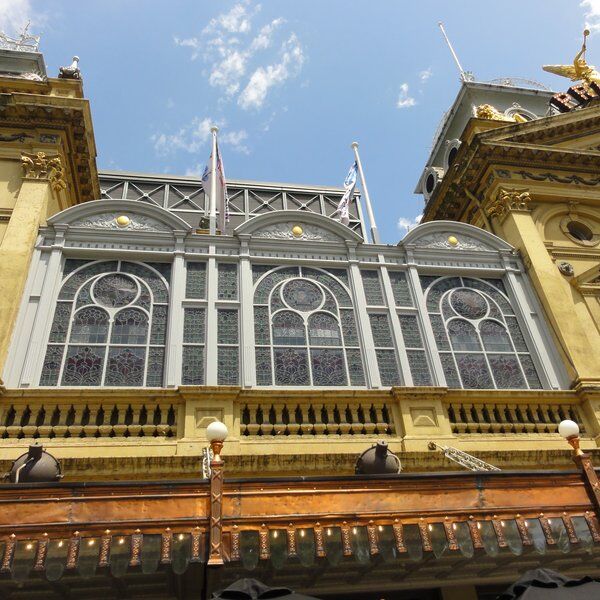
After the solo, a trapdoor opened and Faust and Mephistopheles vanished to the 'depths of hell'. In reality, the trapdoor fell between two and three feet, but as soon as the two actors were plunged into darkness, Federici fell against his colleague, apparently unconscious.
The theatre’s medical advisor, Dr Willmott, was called and Federici was taken to a greenroom to be examined. After unsuccessful attempts at reviving the actor, Dr Willmott pronounced Federici dead.
The audience, however, had noticed nothing. Some even claim to have seen Federici take a bow along with the rest of the cast on stage following the performance, but contemporary reports in The Argus suggest that after the final scene, the audience dispersed immediately. Since the sudden, tragic death of Federici, there have been reported sightings of Federici’s ghost.
Federici’s body remained at The Princess Theatre overnight before being taken to the actor’s temporary residence in Gipps Street. East Melbourne. He was buried on March 5 1888 in Melbourne General Cemetery.
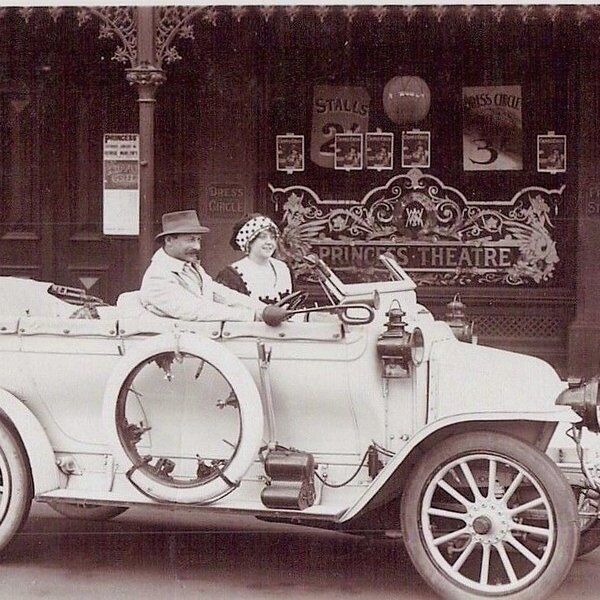
Princess Theatre Melbourne Today: See and Do
A hundred years later, in 1986, Princess Theatre was once again in dire need of renovations. It was purchased by David Marriner, an Australian property developer who revitalised Melbourne’s theatre scene.
Following refurbishment, Princess Theatre Melbourne reopened on 9 December 1989 with a performance of the universally beloved musical, Les Misérables.
Since then, Princess Theatre has cemented its place as one of Melbourne’s most beloved places of culture. Popular productions include Beauty and The Beast, Mamma Mia!, and The Book of Mormon.
In 2018, Princess Theatre Melbourne underwent yet more renovations - but this time with a specific show in mind. Following its success in London and New York, Melbourne became the third city to host Harry Potter and The Cursed Child. When it debuted in 2019,
Aussie Harry Potter fans broke Australian theatre records and made history - an astounding 326,000 people watched the show in its first year.
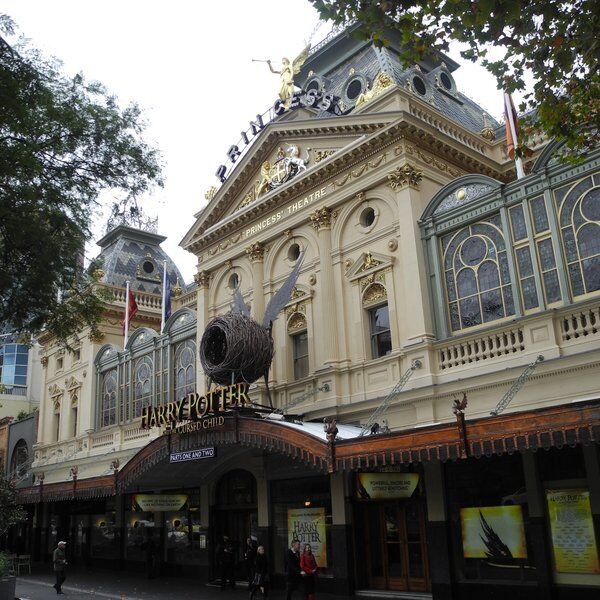
Discover More about Melbourne with CityDays
Ready to discover more of what Melbourne has to offer?
CityDays have FOUR treasure and scavenger hunts in Melbourne to choose from, all of which combine the fun of an escape room with the historic facts and whimsical trivia of a walking tour!
For those interested in exploring Melbourne’s Gold Rush history, check out our Frozen Idols, Shifting Walls route.
Take the stress out of planning your visit to Melbourne and book your adventure today!
Not visiting Melbourne this time? Don’t worry, you’ll find us all over the world.
